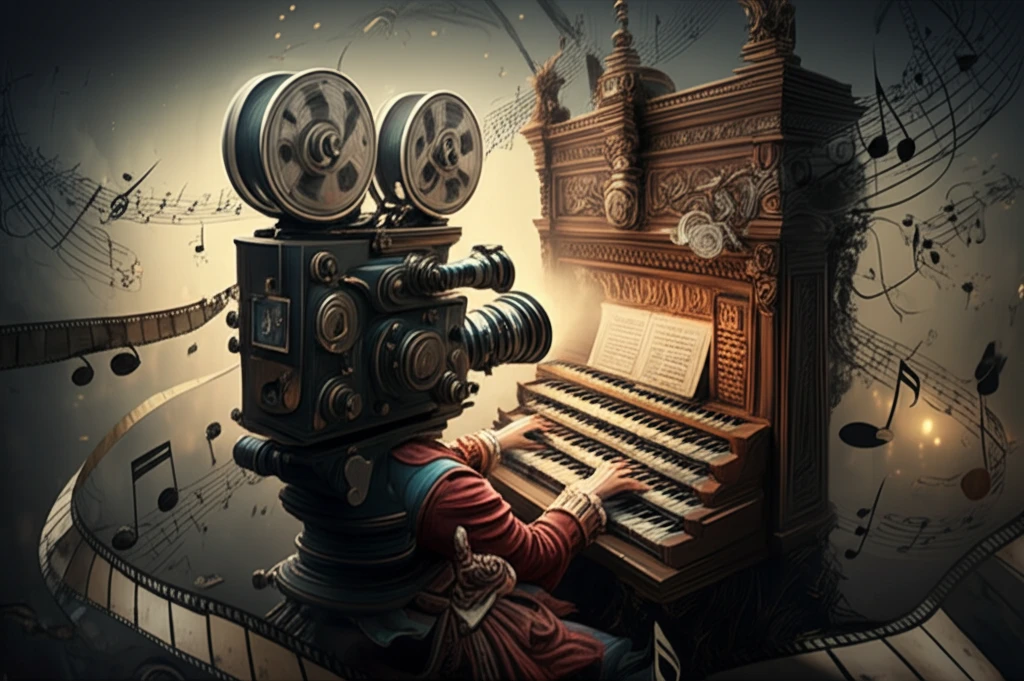
The Unconventional Art of Anna Magdalena Bach: Love, Work, and Rebellion in Cinema
"Explore Danièle Huillet and Jean-Marie Straub's cinematic masterpiece and its profound impact on portraying the life and work of Johann Sebastian Bach."
In the realm of cinematic biographies, few films dare to challenge conventions as boldly as Danièle Huillet and Jean-Marie Straub's 'Chronicle of Anna Magdalena Bach'. Released in 1968, this film transcends traditional biopic tropes, offering a unique lens into the life, work, and struggles of Johann Sebastian Bach. It's a film that invites you to reconsider how we perceive artistic genius and the realities behind creative production.
The film meticulously examines Bach’s artistic output while contextualizing it within the ecclesiastical and social structures of the 18th century. Rather than glorifying Bach as a solitary genius, Huillet and Straub delve into the modes of artistic production, revealing the often-strained relationship between the artist and his patrons. This approach demystifies Bach’s genius, portraying him as a working musician navigating the constraints of his time.
Moreover, 'Chronicle' critiques the 'Autorenfilm' (author's film) movement within the New German Cinema, which often relied on state funding. By questioning the dependence on such systems, the film seeks to propose alternative forms of artistic creation and perception, fostering a sensitive, cinematographically-driven experience that opposes alienated work.
Deconstructing the Myth: Bach's Life Beyond the Music

Huillet and Straub's approach demystifies the conventional image of Bach. The film emphasizes the labor involved in Bach's musical creations, highlighting his constant negotiation with authorities and patrons. This perspective challenges the romanticized notion of the artist as a solitary genius, untouched by the mundane realities of work.
- Contextualizing Bach’s Work: The film places Bach's compositions within the context of his employment and commissions, highlighting the influence of patrons and the church.
- Highlighting Labor: By emphasizing the work involved in Bach's musical creations, the film challenges the romanticized view of artistic genius.
- Critiquing Artistic Systems: The film questions the reliance on state funding within the New German Cinema, advocating for alternative, independent forms of artistic production.
A Radical Vision of Art and Life
In conclusion, 'Chronicle of Anna Magdalena Bach' remains a powerful and unconventional film that challenges viewers to reconsider their perceptions of art, work, and genius. By demystifying Bach’s life and critiquing established artistic systems, Huillet and Straub offer a radical vision of what cinema can achieve, inspiring new modes of artistic production and appreciation. The film encourages a deeper engagement with the realities behind artistic creation, urging us to seek a more profound understanding of the human experience.
